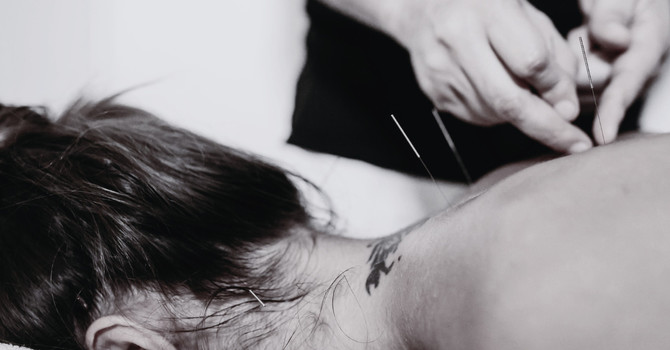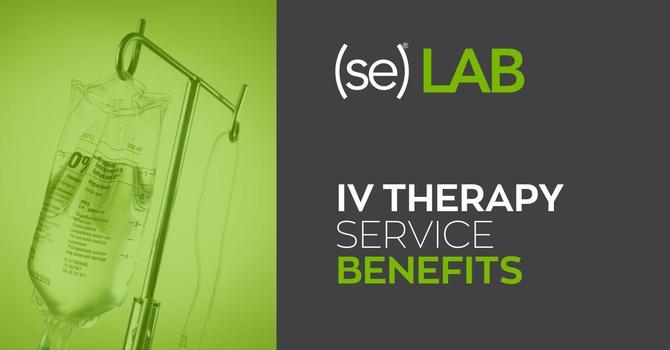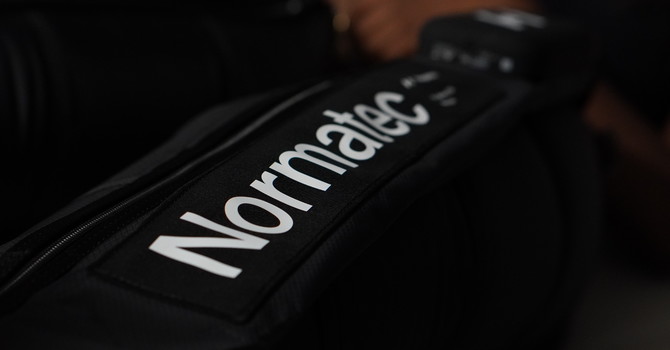Tendonitis can cause persistent pain, stiffness, and weakness that disrupts your daily activities. Whether it’s in your elbow, knee, or shoulder, this inflammation of the tendons can make even simple movements uncomfortable. At Structural Elements® Frederick, we provide a different approach to tendonitis treatment—one that looks beyond temporary relief to help your body truly heal and restore balance.
What Is Tendonitis and Why Does It Happen?
Tendonitis is the inflammation or irritation of a tendon—the thick cord that attaches muscle to bone. It often develops from repetitive movement, poor posture, or muscle imbalances that put too much strain on specific areas. Common sites include the shoulder, elbow, wrist, knee, and heel.
While rest and ice may offer temporary comfort, the root cause is usually deeper. Structural misalignment and tension in surrounding tissues often contribute to chronic tendon pain. That’s why addressing the structure and balance of your body is essential for long-term relief.
Common Types of Tendonitis We Treat
At Structural Elements® Frederick, our practitioners are trained to identify and treat various forms of tendonitis using our integrative approach.
Bicep Tendonitis Treatment
Bicep tendonitis typically causes pain at the front of the shoulder, especially when lifting or rotating the arm. We focus on relieving tension through hands-on therapy, improving shoulder alignment, and strengthening supportive muscles to reduce irritation and prevent recurrence.
Elbow and Extensor Tendonitis Treatment
Known as “tennis elbow” or “golfer’s elbow,” extensor or flexor tendonitis causes pain around the elbow joint. Our approach targets the underlying biomechanical issues in the arm, wrist, and shoulder that lead to overuse. Treatment may include manual therapy, stretching, and corrective movement patterns.
Tricep Tendonitis Treatment
Pain at the back of the arm near the elbow can indicate tricep tendonitis. We evaluate how your posture and movement patterns contribute to strain, then use precise manual therapy and structural adjustments to restore balance.
Knee Tendonitis Treatment
Pain in the front of the knee—often called “jumper’s knee”—is common among athletes and active individuals. Our treatment for knee tendonitis focuses on the entire kinetic chain: hips, thighs, and feet. By correcting movement and improving tissue health, we help your knee recover more efficiently.
How long does tendonitis take to heal? Mild cases may improve within a few weeks, while chronic tendonitis can take several months. With proper care and structural support, recovery time can be significantly reduced.
What Is the Best Treatment for Tendonitis?
The best treatment for tendonitis depends on the root cause of your pain. Traditional approaches—like rest, ice, and anti-inflammatory medications—may ease symptoms but often don’t prevent the problem from returning.
At Structural Elements®, we believe in treating the whole body, not just the irritated tendon. Our practitioners use a clinical framework that combines orthopedic assessment, manual therapy, and movement correction to restore balance across your musculoskeletal system. This approach allows tendons to heal naturally and reduces stress on overworked tissues.
Tendonitis Treatment at Structural Elements® Frederick
Our tendonitis treatment process begins with a detailed evaluation of your body’s structure and movement patterns. We look for imbalances in the joints, muscles, and connective tissue that contribute to inflammation.
Treatment may include:
-
Hands-on manual therapy to release tension and improve blood flow to the affected area.
-
Corrective exercises designed to retrain movement patterns and strengthen supporting muscles.
-
Postural and ergonomic education to prevent future strain during work, sports, or daily activities.
This integrated method not only alleviates current pain but also promotes long-term healing and injury prevention. Many patients notice improved mobility and reduced discomfort within just a few sessions.
How Long Does Tendonitis Take to Heal?
Recovery depends on factors like the severity of inflammation, activity level, and how long the condition has persisted. Acute tendonitis may heal in 4–6 weeks, while chronic or severe cases may take several months.
Our team at Structural Elements® Frederick develops personalized treatment plans that guide you through each phase of recovery, helping you return to your activities safely and confidently.
Why Choose Structural Elements® for Tendonitis Treatment in Frederick, MD
Choosing the right care provider can make all the difference in your recovery. At Structural Elements® Frederick, our mission is to help you move better, feel better, and live better—without relying on quick fixes.
Here’s why patients trust us for tendonitis treatment:
-
We treat the cause, not just the symptoms.
-
Our approach integrates advanced manual therapy and movement science.
-
You receive personalized, one-on-one care in a welcoming, professional environment.
-
We’re part of your local Frederick community and proud to serve our neighbors across Maryland.
Start Your Healing Journey Today
If you’re struggling with tendon pain or stiffness, don’t wait for it to get worse. The team at Structural Elements® Frederick can help you recover through targeted, holistic tendonitis treatment that restores strength and balance to your body.
Schedule your appointment today to start your path toward lasting relief and better movement.



